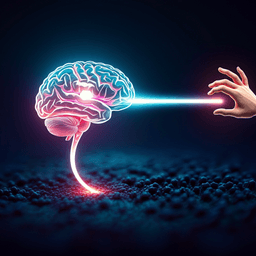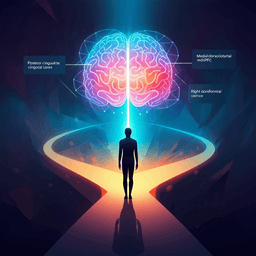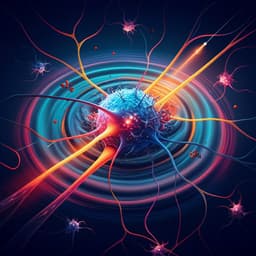
Medicine and Health
Neuronal responses in the human primary motor cortex coincide with the subjective onset of movement intention in brain-machine interface-mediated actions
J. Noel, M. Bockbrader, et al.
Using a unique BMI-NMES approach in a tetraplegic participant, this study reveals a novel form of intentional binding: intentions appear temporally attracted to actions, with evoked M1 spiking activity coinciding with the onset of subjective intention and co-varying trial-by-trial. Population-level decoder dynamics reflect intention-action binding. Research was conducted by Authors present in <Authors> tag.
~3 min • Beginner • English
Related Publications
Explore these studies to deepen your understanding of the subject.







